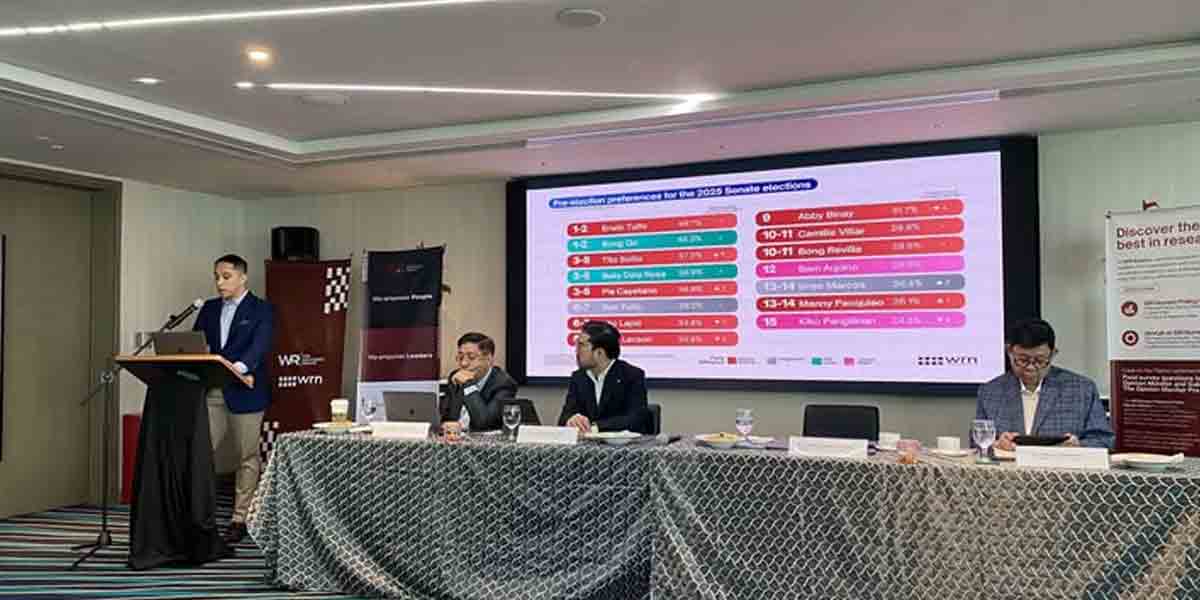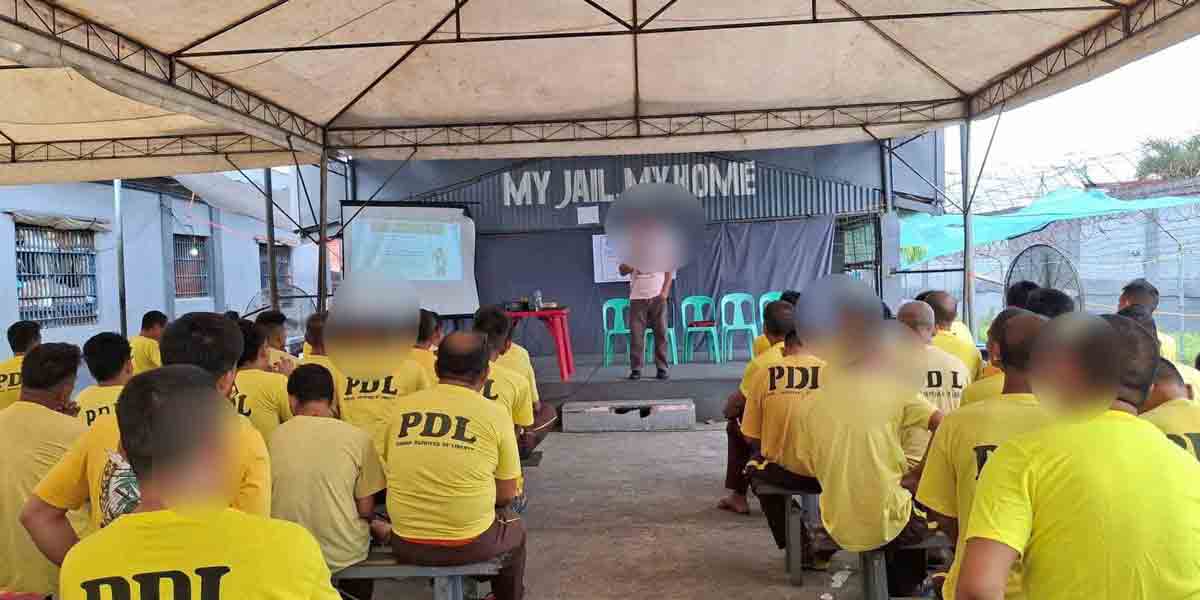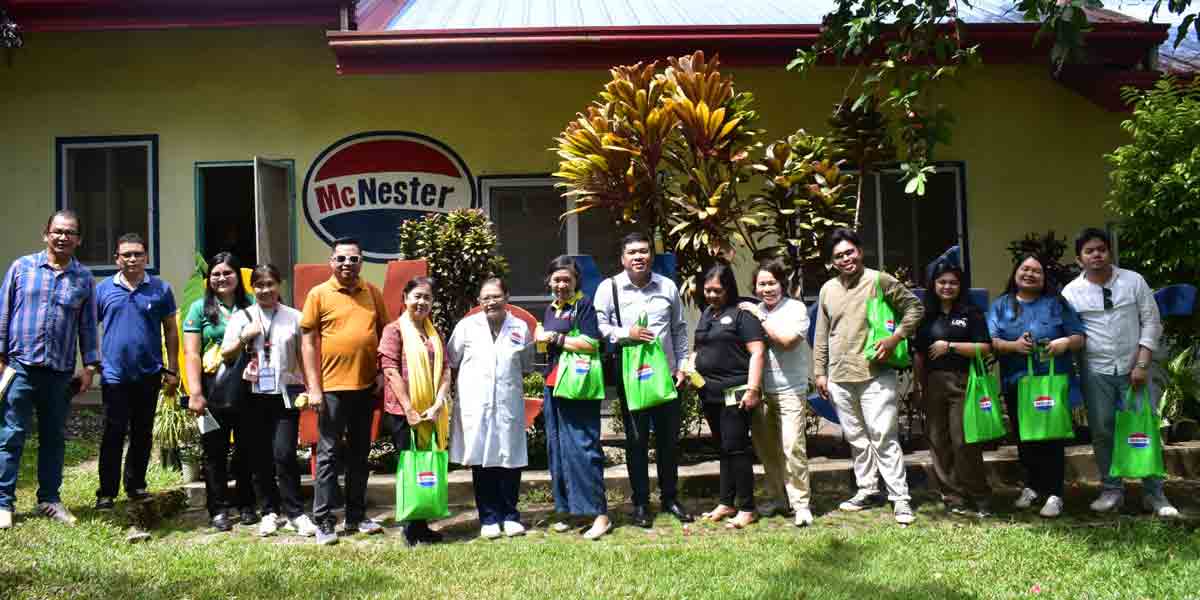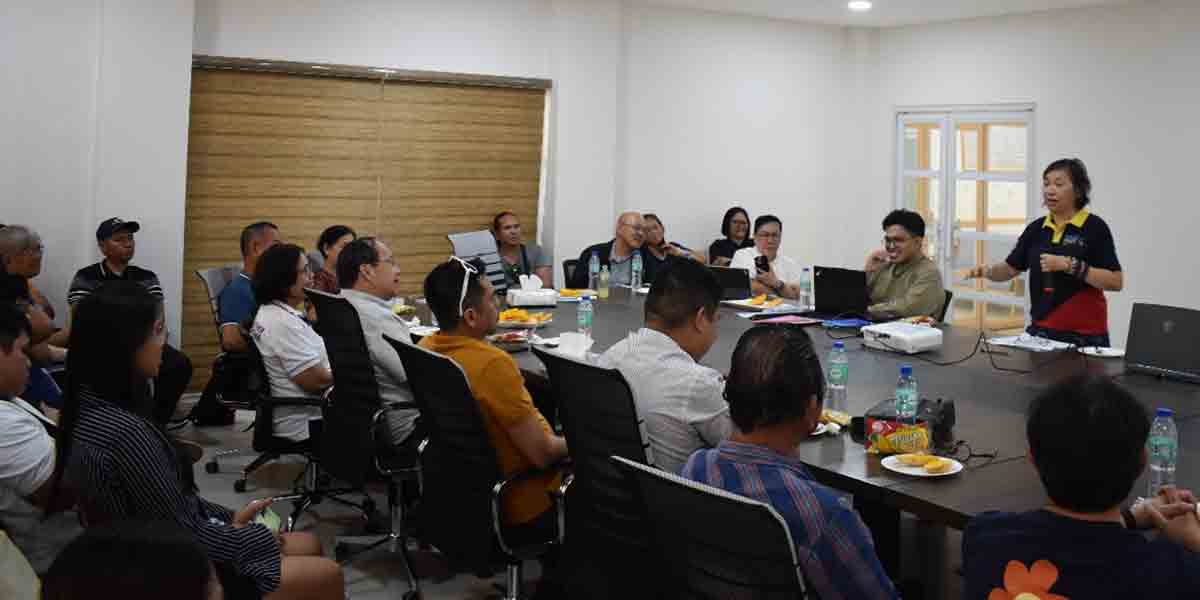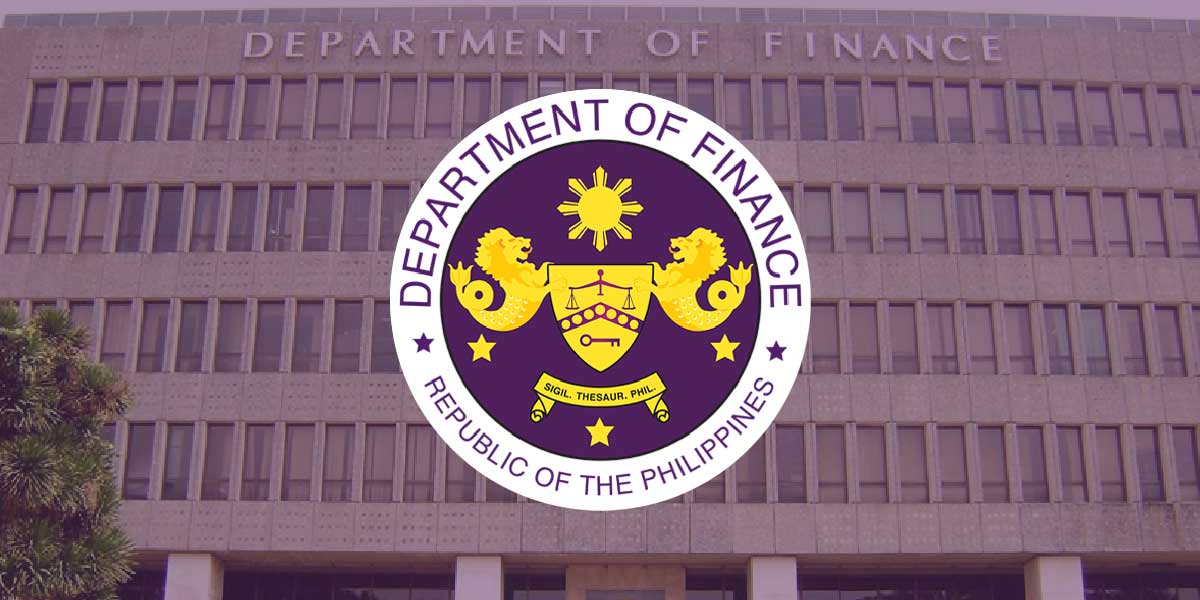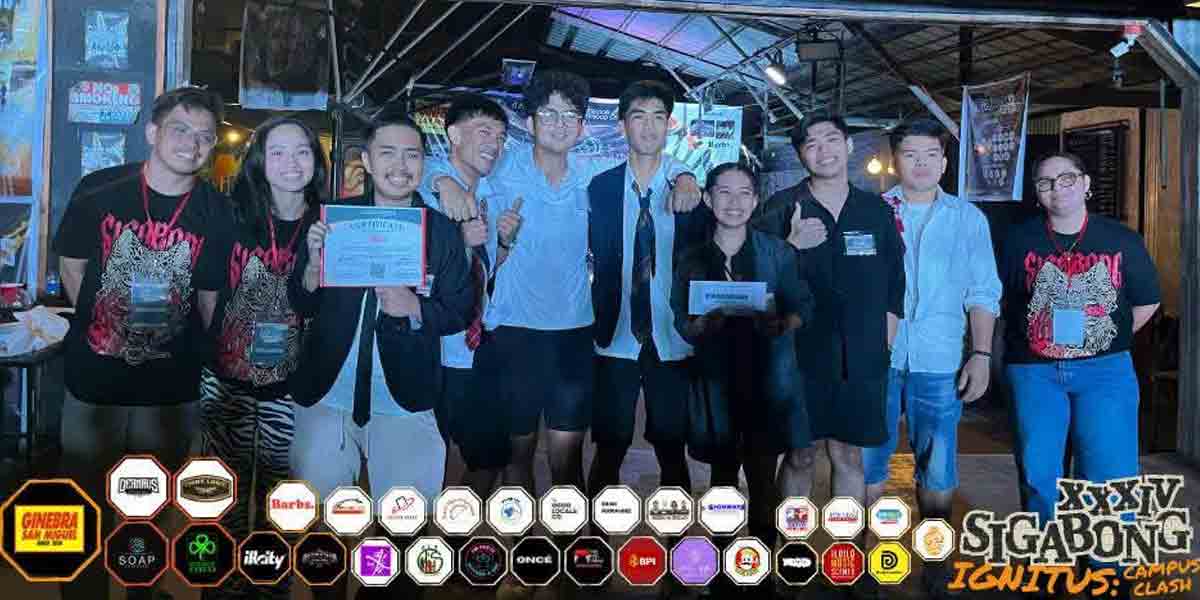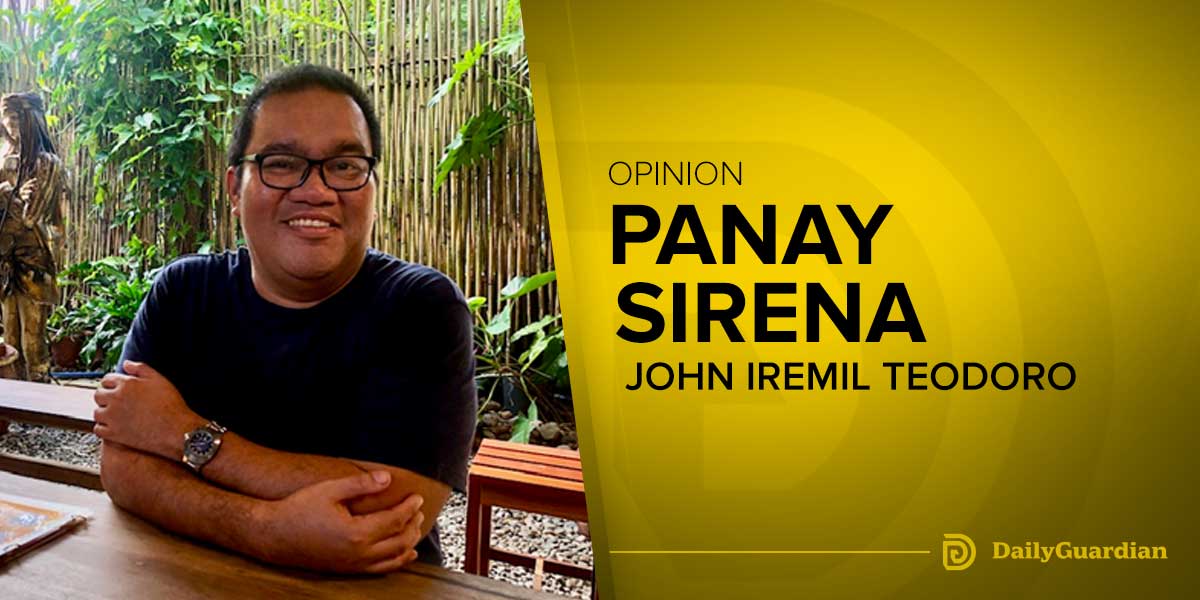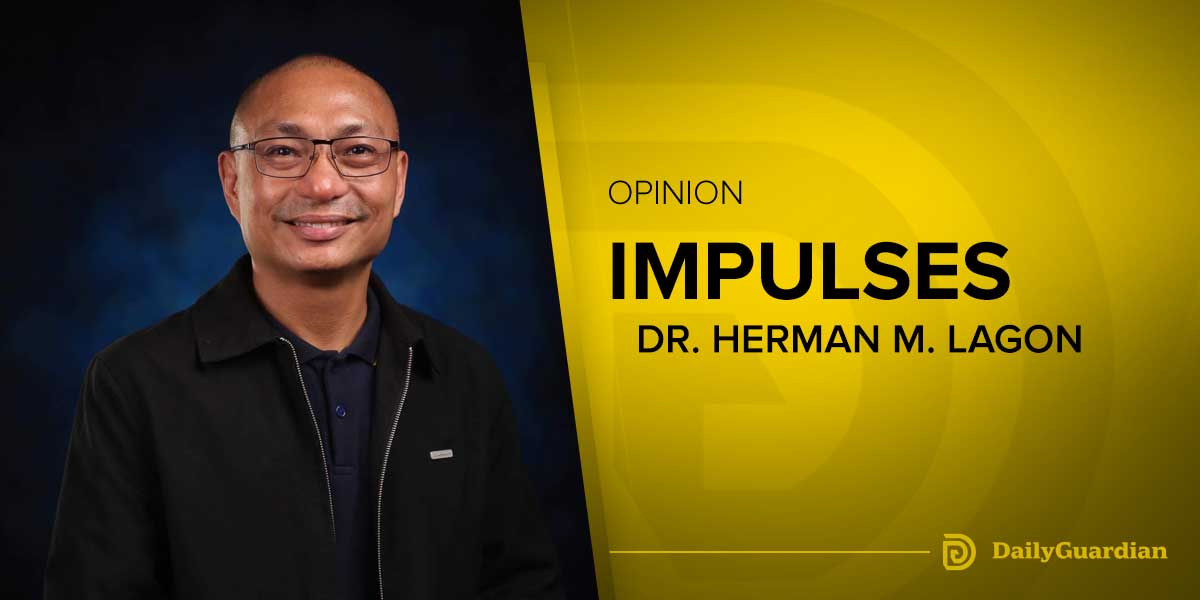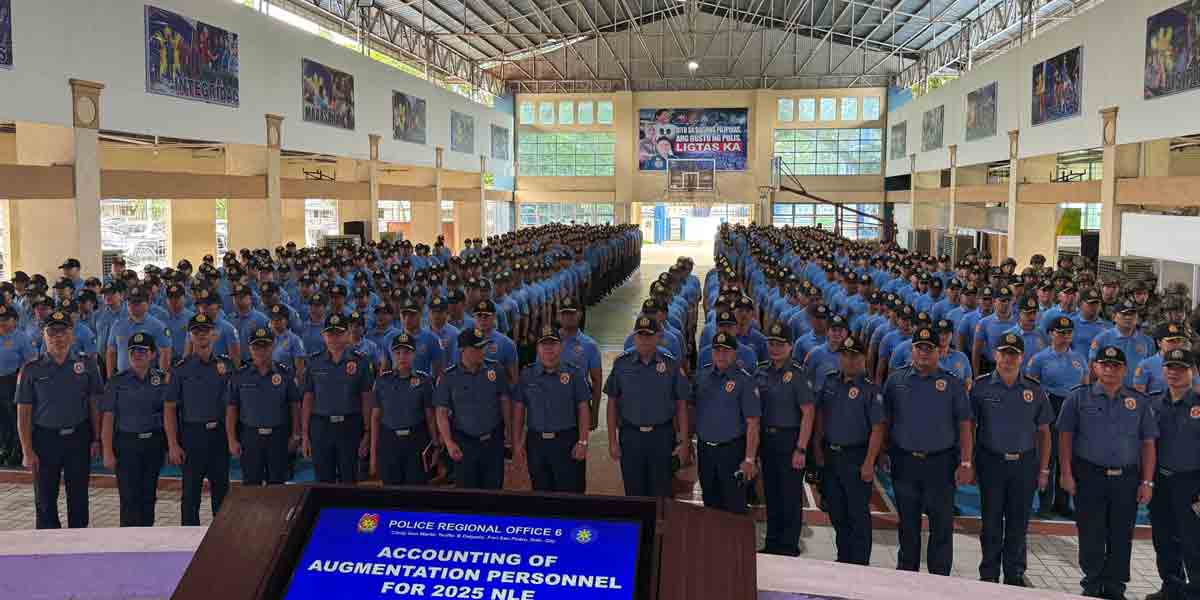By Francis Allan L. Angelo
On the surface, it sounds like a compelling opposition: “We don’t want incinerators disguised as green technology in our communities.” Who would? But this kind of rhetoric, recently revived in the debate surrounding the Integrated Solid Waste Management Facility (ISWMF) project in Iloilo City, oversimplifies what is otherwise a complex, forward-looking solution to a decades-old waste problem.
Let’s be clear from the start: this project is not a glorified incinerator.
It is a multi-step, layered system grounded in waste segregation, anaerobic digestion, mechanical-biological treatment, and biogas energy generation. But somewhere along the way, legitimate environmental concerns turned into a misinformed campaign that frames the entire facility as a purely “waste-to-energy” (WTE) project reliant on incineration. That is not only inaccurate—it is counterproductive.
Why ISWMF is not the enemy
Let’s deal with definitions.
WTE, in its most debated form, often refers to incineration—burning municipal waste to generate energy. These systems have been criticized for air pollution, ash by-products, and contributing to a culture of overconsumption.
But Iloilo’s ISWMF is not just a WTE plant. It is, first and foremost, an integrated waste management facility—with recycling, anaerobic digestion (AD), and refuse-derived fuel (RDF) production only as downstream options for residuals that can’t be reused or composted.
Anaerobic digestion is not combustion. It is a biological process where microbes break down organic waste in sealed, oxygen-free tanks, producing biogas that can power engines and produce heat. The emissions are minimal, and the methane—a potent greenhouse gas—is captured rather than released.
MetPower Venture Partners, the facility’s private proponent, has detailed how the process works: sorting at the Materials Recovery Facility (MRF), mechanical treatment of organics, and biogas production through AD. Only non-recyclable, high-calorific waste is pelletized as RDF—and even that replaces just 5% of coal fuel at the neighboring power plant.
To call this entire system a “burning plant” is intellectually dishonest.
A clean boost to water security
One major benefit critics conveniently ignore is the facility’s role in powering Iloilo’s future water source.
The ISWMF will generate enough renewable energy—estimated at 3.44 megawatts—to power the adjacent desalination plant in La Paz district, which is expected to be operational by 2027.
This is a game changer. The desalination plant is Iloilo City’s answer to unstable and vulnerable water supply systems, especially during dry months or infrastructure breakdowns. But desalination is energy-intensive—and typically reliant on expensive, fossil-fueled power.
By harnessing energy from anaerobic digestion, the ISWMF helps stabilize the city’s water supply using clean, self-generated power instead of tapping into the already strained grid. It’s a win-win: less waste in landfills, more water for households and businesses, and reduced energy costs for the local utility.
That’s environmental resilience in action.
The problem with reductionist activism
The opposition’s obsession with the WTE tag is not new. It has become a convenient shorthand—a propaganda staple—used to stoke fear and uncertainty about any waste infrastructure that isn’t zero-waste certified or explicitly anti-technology.
But here’s the irony: these same groups calling for “real solutions” are ignoring one right in front of them.
The ISWMF is not a silver bullet, but it is a practical, scalable solution to the city’s swelling garbage problem. And like it or not, we need it. Now.
The Calajunan landfill is nearly full, with more than 615,000 metric tons already dumped by late 2024—about 75% of its total capacity. It wasn’t built to be a forever pit. Nor can we continue carting trash to nearby towns, many of which are facing their own waste crises.
So if not this facility, then what?
Zero-waste systems, reuse models, and single-use plastic bans are all great, and Iloilo City has made commendable progress on these fronts. But enforcement remains weak, segregation at source is lacking, barangay MRFs are either absent or unused, and informal waste work remains hazardous and unregulated.
To reject the ISWMF because it isn’t utopian is to perpetuate the status quo, which is far worse.
The danger of cherry-picking health data
Opponents have also cited mortality data—specifically, respiratory illnesses and cancers—as cause for alarm. But without any causal link or epidemiological study, such claims remain anecdotal and speculative.
In any dense urban environment, respiratory diseases are common—caused by vehicle emissions, industrial activity, construction dust, even backyard burning. Blaming the ISWMF for these conditions without hard evidence is alarmism, not advocacy.
Let’s not confuse correlation with causation. Or worse, politicize health data to stoke panic.
Moreover, the ISWMF is designed to be fully enclosed. It uses sealed bunkers, odor traps, leak monitors, and engineered ventilation to contain waste handling. It’s a far cry from the open, pest-infested dumpsites many Ilonggos are familiar with.
Process, not secrecy
Another recurring critique is the supposed lack of transparency.
But the timeline speaks for itself. From the submission of a PPP proposal in August 2022, to the signing of the JVA in March 2024, to multiple forums held in Brgy. Ingore and Brgy. Calajunan—the process unfolded over two and a half years.
The City Council authorized the project. A Swiss challenge was held. No rival bidders came forward. This isn’t a midnight deal. It’s a multi-phase, regulated partnership that followed both local and national processes.
That said, more transparency and public engagement are always welcome. But to suggest that the entire project was slipped under the rug is just not accurate.
What real environmentalism looks like
True environmentalism should be grounded in science, pragmatism, and empathy—not just ideology.
That means accepting that Iloilo City cannot leapfrog from a failing landfill to a zero-waste utopia overnight. It means recognizing that integrated waste management—when done right—is a progressive, evidence-based strategy. And it means valuing the lives and labor of informal waste workers who now have a shot at formal employment under safer, regulated conditions.
To pretend otherwise is to weaponize idealism against action.
The opposition to the ISWMF is not wrong to push for better safeguards or stricter oversight. These demands are healthy for any democratic process. But when the entire argument is built on mischaracterization, selective data, and a refusal to acknowledge technical distinctions, then we’re not talking about protecting the environment anymore—we’re talking about performing resistance for its own sake.
In the end, the question is simple
Do we want Iloilo City to manage its waste more efficiently, reduce landfill dependence, and generate renewable energy through non-incineration means?
If yes, then the ISWMF is not a dirty word. It is a step—just one, but a necessary one—toward a cleaner, greener Iloilo. Let’s not let misinformation cloud what should be a matter of public good.


